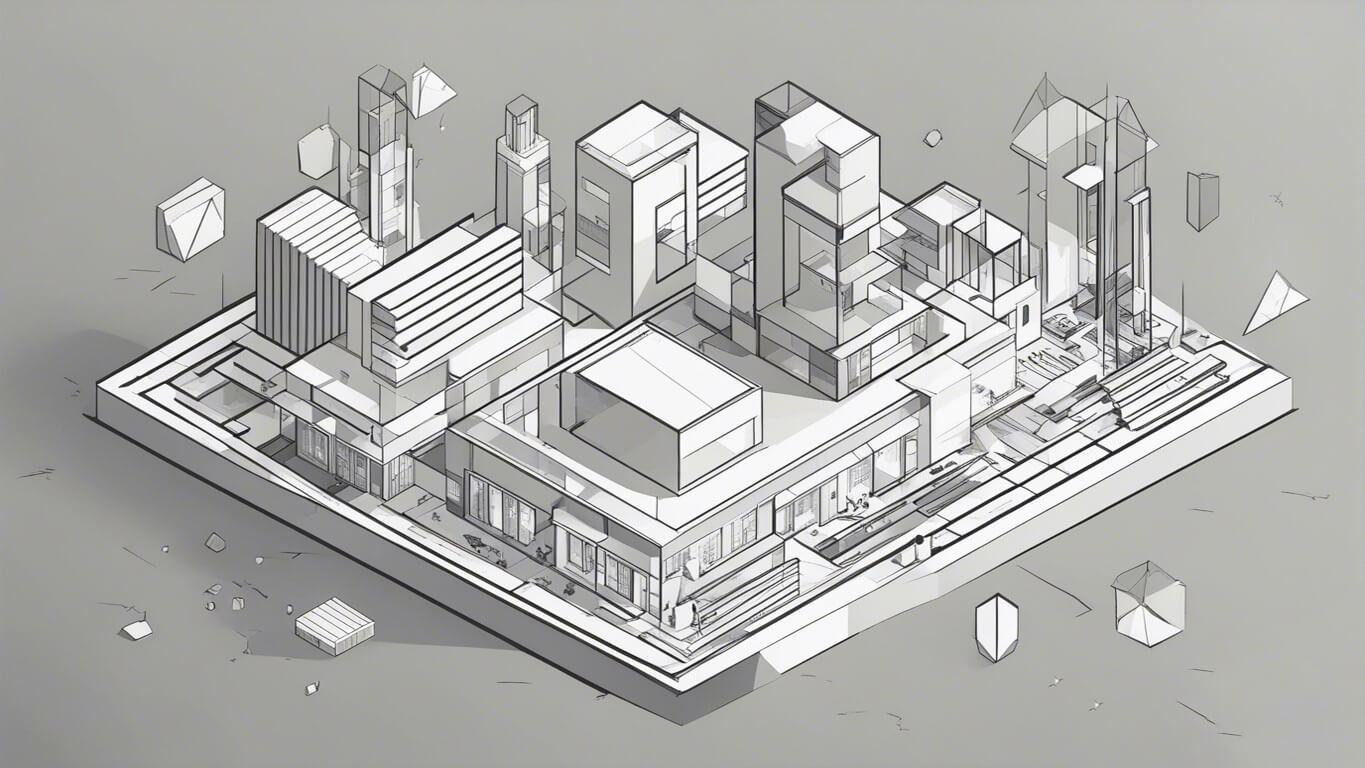Design leadership is a role in flux. Expectations evolve rapidly alongside tech and business landscapes. The skills required today barely resemble the job description of yesterday.
It's easy to get overwhelmed amidst the ever-growing list of traits modern design leaders need - business acumen, communication skills, project management, and the list goes on. But in my experience, excellent leaders stay grounded in a few key fundamentals.
No matter how chaotic the environment, anchoring your leadership to 4 core pillars optimizes your team's chances of producing great work. These essentials provide clarity in the storm. They have helped me consistently build creative, resilient teams that deliver results across my career.
Advocate Fiercely for Your Team
Great leaders buffer their team from bureaucracy and office politics. They clear roadblocks, secure resources and buy-in across the organization. Excellent leaders are allies who go to bat for their team, not supervisors who crack the whip.
This means being your team's biggest champion day in and day out. Fight for their needs, protect their time, and escalate issues impacting their work. Make sure they have the budget, tools, and support required to execute on the vision successfully.
Trust is earned when teams know their leader has their back. And teams with trust are infinitely more motivated, empowered, and invested in producing stellar work.
Foster autonomy with trust.
Once you've built a talented team, get out of their way. Give your designers, engineers, and PMs agency over their work. Trust in their expertise and ability to determine solutions.
Micromanaging leadership snuffs out morale and innovation. The most effective leaders I've worked with oversee at a high level but don't dictate the details. They advise and coach teams without prescribing exact methods.
Hiring great people is step one. Step two is cultivating ownership by giving them autonomy rooted in trust. Teams need room to take risks, try new approaches, and make decisions. That freedom breeds creativity.
Guide Rather Than Dictate
While you want to foster autonomy, leaders still need to provide guidance. But that guidance should aim to develop skills, not command action. Influence rather than edict.
Excellent coaches discuss challenges with their team and draw insights from them. They ask thoughtful questions to illuminate potential paths, not just provide directives. And they understand the solutions ultimately need to come from within the team.
Offer your expertise to help teams avoid pitfalls and enhance their thinking. But let them determine the specifics around execution. Teaching creative problem-solving is far more valuable than demanding blind obedience.
Keep it simple.
Lastly, eliminate complexity, not create it. Complexity is the natural enemy of executing creative work. As a leader, your role is to remove obstacles, unnecessary process, and distractions.
Declutter workflows. Ditch inefficient meetings. Question elements that complicate rather than enhance. Let the team focus on the critical 20%, not the trivial 80%.
Great work happens in environments with just enough support and structure - no more, no less. It's a delicate balance, but simplicity always wins out over complexity given the choice.
Bonus pillar: Remember the human.
I know, I said 4 pillars, but the reality of the situation is that all the above encompass the one truth, you're dealing with humans. You're leading people, not assets on an org chart. Never lose sight of the human element in all that you do. We're emotional, unpredictable, but ultimately everyone is just trying to get somewhere, if you can figure out where that 'where' is, you can figure out the narrative which drives change and infuses energy into you team and beyond.
Of course, no list fully captures the intricacies of design leadership. New challenges arise daily that require critical thinking and discernment. But anchoring yourself to these 4 pillars will optimize your positive impact. They've helped me thrive across my career.
Advocate, trust, guide, simplify. The fundamentals endure even as expectations for design leaders rapidly scale. Stay grounded in these essentials, and your team will produce great work. Keep it simple, clear the path, set the vision, have their back - that's how you lead and empower teams to do their best work.
